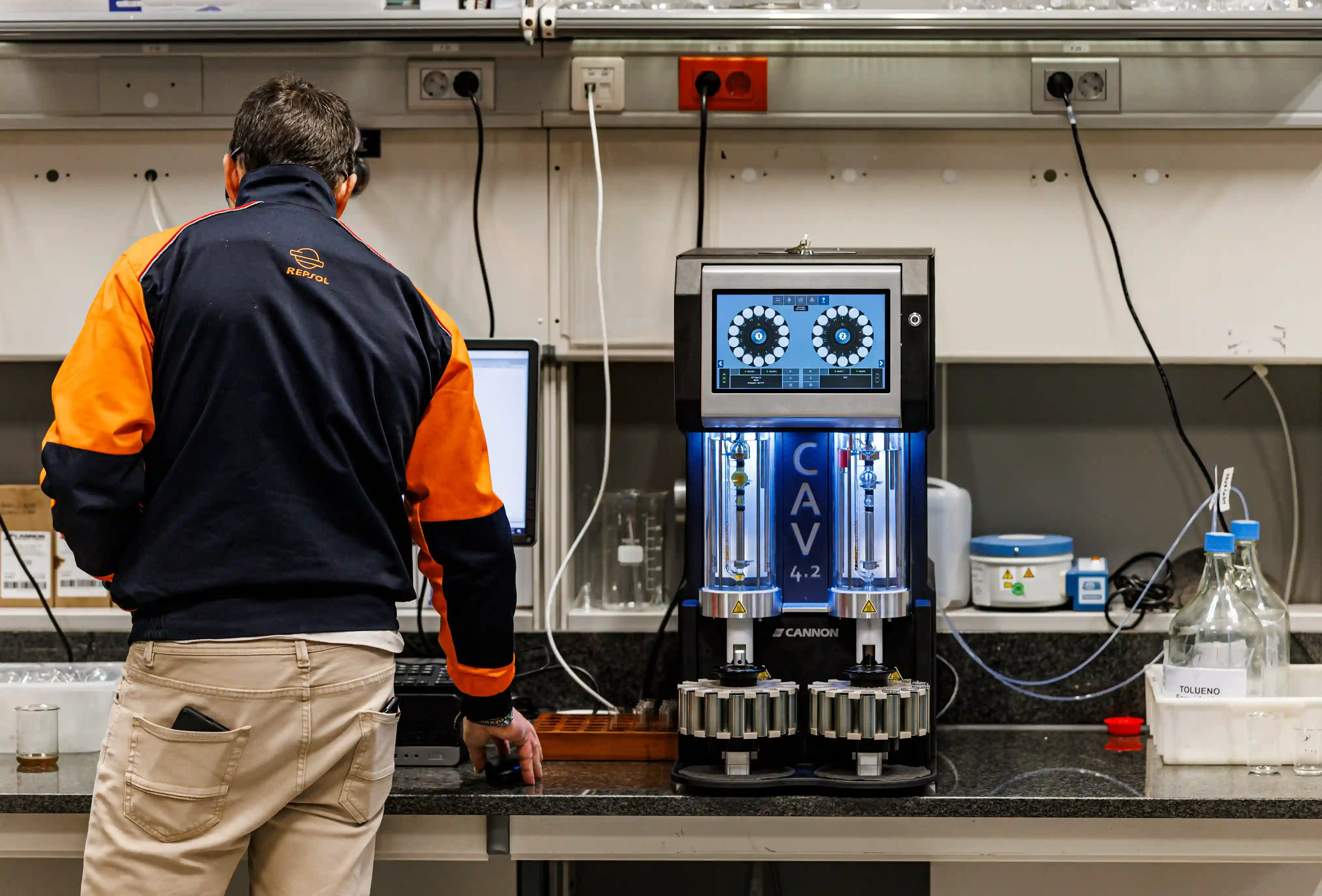What are low SAPS oils: everything you need to know about low ash lubricants

Low SAPS oils have gained particular relevance in recent years, becoming an essential component for ensuring the correct functioning and longevity of the most modern engines. But what exactly are they and why are they so important? In this article, we go into detail about these lubricants, their benefits, and their impact on the industry.
What is a low SAPS oil?
Low SAPS is an acronym that stands for Low Sulphated Ash, Phosphorus, and Sulfur. These three components, when burned together with gasoline in the combustion chamber, generate byproducts that can interfere with how the exhaust gas aftertreatment systems operate, such as diesel particulate filters (DPF), gasoline particulate filters (GPF) or selective catalytic reduction (SCR) systems.
In modern engines, equipped with DPF, GPF, and SCR, there can be a build up of sulfated ash, phosphorus, and sulfur in these systems, clogging them and reducing their efficiency. This is where the importance of low SAPS oils lies, which improve engine performance and deliver longer durability.
Regulating low SAPS oils
The arrival of regulations such as Euro 6 has driven the development and adoption of low SAPS oils. These regulations seek to minimize pollutant emissions such as nitrogen oxides (NOx), carbon monoxide (CO), unburned hydrocarbons (HC), and particulate matter (PM).
Low SAPS oils are crucial for vehicles to meet these limits, as they protect the aftertreatment systems used to reduce emissions. The role of gasoline direct injection (GDi) technology must be taken into account, especially when combined with a turbocharger (TGDi).
Although it does offer greater power and efficiency, it can also increase particle production. That's why low SAPS lubricants are even more vital in these engines to control particulate emissions and protect GPF filters.
The benefits of using low SAPS oils
The main advantages of low SAPS oils are:
- Extended useful life. By minimizing the accumulation of ash, phosphorus, and sulfur, clogging and deterioration of these systems is avoided, translating into longer engine life and lower maintenance costs.
- Maintenance of engine performance. Clean and efficient aftertreatment systems ensure the engine operates correctly, maintaining its power, efficiency, and durability.
- Designed for modern engines, equipped with exhaust gas aftertreatment systems.
How to choose the right low SAPS oil
It is important to consult the vehicle manufacturer's manual to choose the right oil. In Europe, ACEA specifications, such as C1, C2, C3, C4, and C5, define different SAPS levels and are adapted the needs of various engines and aftertreatment systems.
In addition to the ACEA categories, many vehicle manufacturers establish their own norms and approvals for low SAPS oils. Complying with these manufacturer specifications is essential to ensuring compatibility and optimal oil performance. That's why we also recommend using the Repsol Lubricants search engine, where you can find the right product for your vehicle by simply typing in the model or license plate.
Related content




